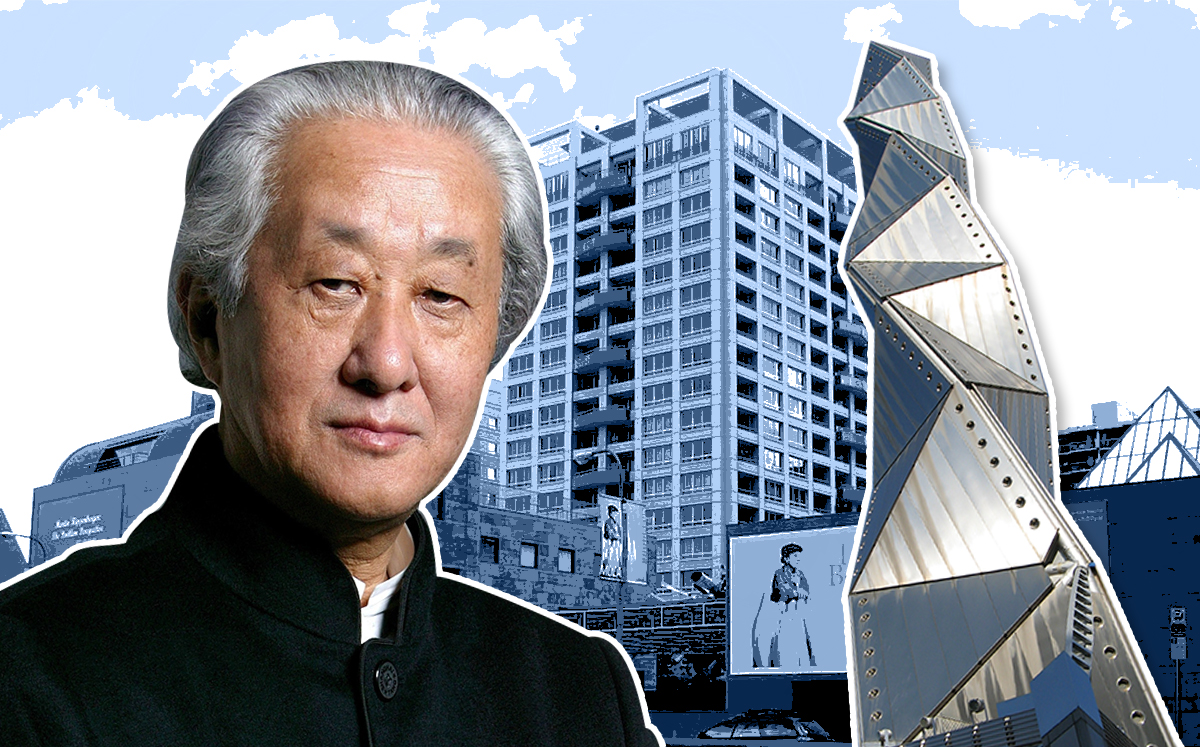Trending
Pritzker Prize goes to “emperor of Japanese Architecture”
Arata Isozaki refers to his work, which includes the Museum of Contemporary Art in LA, as "invisible"

Arata Isozaki, once called the “emperor of Japanese architecture,” was crowned with the industry’s highest honor: the 2019 Pritzker Architecture Prize.
Isozaki, 87, will be the 46th person to receive the award and the eighth from Japan, the New York Times reported. His work includes the Museum of Contemporary Art in Los Angeles, the Palau Sant Jordi (home of the 1992 Olympics in Barcelona), Shanghai Symphony Hall and the Qatar National Convention Center in Doha.
He described his work as “invisible” but “felt through the five senses.” The Japanese concept of “ma,” which translates to the merging of time and space, plays a significant role in his designs.
“Like the universe, architecture comes out of nothing, becomes something, and eventually becomes nothing again,” Isozaki told the Times. “That life cycle from birth to death is a process that I want to showcase.”
The Pritzker jury’s citation commended Isozaki for “possessing a profound knowledge of architectural history and theory, and embracing the avant-garde.”
“He never merely replicated the status quo,” the Pritzker jury wrotie in its citation. “But his search for meaningful architecture was reflected in his buildings that to this day, defy stylistic categorizations, are constantly evolving, and always fresh in their approach.”
Last year’s winner was Balkrishna Doshi, who designs buildings in his native country of India at varying scales ranging from educational and cultural complexes, to studios and homes, to government buildings that are specifically tailored for the context in which they’re built. Previous winners have included big names like Zaha Hadid, Renzo Piano, Jean Nouvel ad Frank Gehry. [NYT] — Kathryn Brenzel




